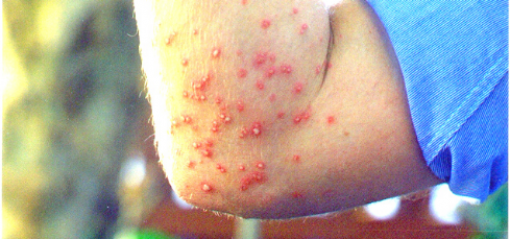An encounter with fire ants can be painful and potentially life-threatening, so it is important to know what to do if you find yourself, your family or your pets in this situation.
On this page
Fire ant first aid for humans

Most people do not need medical treatment for fire ant stings.
If breathing is normal and the sting victim does not have a history of insect allergies, the following home treatments can be effective:
- applying a cold compress to relieve the swelling and pain
- gently washing the affected area with soap and water
- taking an antihistamine to manage minor, localised reactions and itching.
It is important to keep the blisters intact.
There is a risk of secondary infection if the blisters or pustules break.
Severe reactions
A severe reaction may occur if a sting victim has a history of allergic reactions to insects or experiences the following symptoms:
- rapid onset of flushing
- general hives
- swelling of the face, eyes or throat
- chest pains
- nausea
- severe sweating
- breathing difficulties
- faintness.
Fire ant first aid for animals

If your animal or pet has been stung, it is important to:
- quickly move them away from the ants or the nest
- remove any fire ants from their skin or fur to ensure there are no further stings
- give your pet a cool bath after being stung can provide some relief.
Wear a pair of gloves to protect yourself and brush the ants off the animal’s skin or fur. You can use a brush or comb or pick the ants off individually. Do not try to hose them off as this can make the ants more aggressive.
Seek further advice from your veterinarian if the animal is in pain or is showing signs of an allergic reaction. This can be drooling or vomiting, lethargy and trouble breathing. Anaphylaxis can be life-threatening, but it can also be treated quickly.
Fortunately, in most cases, pets recover well from fire ant stings.